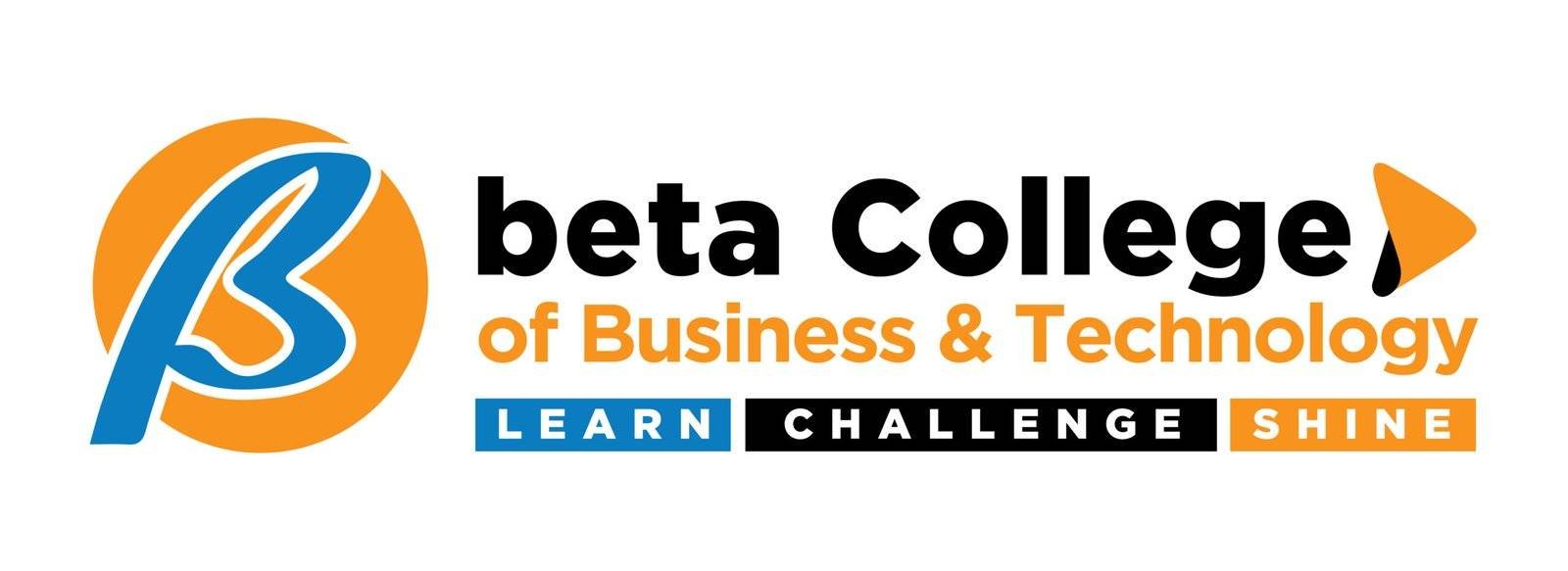In the rapidly evolving landscape of healthcare, the role of medical administration is undergoing a significant transformation, driven by innovative trends that promise to reshape the way healthcare systems operate. From technological advancements to shifts in patient-centric approaches, let’s explore the key trends and innovations influencing medical administration.
Trends in Medical Administration
1. Telehealth Revolution
The rise of telehealth services has been a game-changer in medical administration. Telehealth not only improves patient accessibility but also streamlines administrative processes. Virtual medical administration allows professionals to manage appointments, handle documentation, and coordinate care from remote locations, fostering efficiency and flexibility within healthcare systems.
2. AI and Machine Learning Integration
The integration of artificial intelligence (AI) and machine learning (ML) in medical administration is optimizing tasks such as scheduling, billing, and record-keeping. These technologies reduce the burden on healthcare staff, analyze vast amounts of data to identify patterns, and enable more informed decision-making and resource allocation within medical facilities.
3. Blockchain for Data Security
Blockchain technology is gaining traction in healthcare, offering enhanced data security and interoperability. In medical administration, blockchain can create a secure and transparent system for managing patient records, billing, and insurance claims. This decentralized approach minimizes the risk of data breaches and ensures the integrity of medical information, ultimately improving the efficiency of administrative processes.
4. Data Analytics for Informed Decision-Making
Data analytics is playing a pivotal role in medical administration, providing valuable insights into patient care and administrative processes. Advanced analytics tools help medical administrators make informed decisions by identifying trends, predicting patient needs, and optimizing resource allocation. Predictive analytics is particularly valuable in forecasting patient admission rates, optimizing staff schedules, and preventing potential bottlenecks in healthcare services.
5. Patient-Centric Approaches
A paradigm shift toward patient-centric care is reshaping medical administration practices. From streamlined appointment scheduling to personalized communication, patient-centric approaches aim to improve patient engagement. Patient portals and mobile health apps enhance communication efficiency, reduce administrative overhead, and contribute to a more patient-friendly healthcare experience.
6. Interoperability and Integrated Healthcare Systems
Healthcare organizations are prioritizing interoperability and the integration of healthcare systems. Seamless data exchange between different healthcare providers, systems, and applications is crucial for comprehensive patient care and efficient medical administration. Integrated healthcare systems enable medical administrators to access a holistic view of patient information, reducing duplication of efforts and minimizing errors.
7. Regulatory Compliance and Cybersecurity
The healthcare industry’s rigorous regulatory standards make compliance a top priority for medical administrators. With the increasing digitization of healthcare data, robust cybersecurity measures are essential to safeguard patient information and ensure regulatory compliance. Medical administrators are implementing advanced cybersecurity protocols, secure communication channels, and regular staff training to maintain data integrity and trust.
8. Remote Patient Monitoring
Advancements in wearable technology enable remote patient monitoring, allowing medical administrators to track patients’ vital signs and health metrics outside traditional healthcare settings. This trend enhances preventive care and reduces the need for frequent in-person visits, contributing to improved patient outcomes and streamlined administrative processes.
9. Population Health Management
A shift towards population health management focuses on improving the health outcomes of entire patient populations. Medical administrators are adopting strategies and tools to analyze and manage health data at the population level. This trend aids in identifying high-risk individuals, preventing diseases, and optimizing resource allocation for better community health.
10. Augmented Reality (AR) in Training
The incorporation of augmented reality in medical administration training programs is gaining traction. AR simulations provide hands-on training experiences for administrators, offering a realistic environment to practice decision-making, crisis management, and patient interaction. This innovative approach enhances the skills of medical administrators, ensuring preparedness for real-world scenarios.
Innovations in Medical Administration
1. Robotics in Administrative Processes
Robotic process automation (RPA) is making significant inroads into healthcare administration, automating repetitive tasks and streamlining processes. In medical billing and coding, robots efficiently process large volumes of data, reducing errors and accelerating administrative workflows. Robotics applications extend to inventory management, appointment scheduling, and claims processing, freeing up human resources for more complex tasks.
2. AI-Driven Personalized Medicine
Artificial intelligence is revolutionizing personalized medicine by analyzing patient data to tailor treatment plans. This innovation not only enhances patient outcomes but also streamlines administrative processes by optimizing resource allocation based on patient needs. AI-driven personalized medicine contributes to a more efficient and effective healthcare system.
3. Blockchain for Smart Contracts in Billing
Blockchain’s ability to establish smart contracts is transforming medical billing. Automated and transparent payment processes reduce the chances of errors and fraud, fostering trust among healthcare providers, payers, and patients. Blockchain in billing enhances administrative efficiency while ensuring accuracy and reliability in financial transactions.
4. Robust Telehealth Platforms
Telehealth platforms are evolving with innovative features, such as virtual waiting rooms, secure messaging, and integrated payment systems. These advancements improve the patient experience and simplify administrative tasks associated with virtual consultations. Robust telehealth platforms contribute to a seamless blend of technology and medical administration.
5. Humanoid Robots in Healthcare Facilities
The integration of humanoid robots in healthcare facilities is a futuristic innovation. These robots assist with administrative tasks, such as guiding patients through facilities, providing information, and even automating routine paperwork. Humanoid robots contribute to the efficiency of medical administration while enhancing the overall patient experience.
6. Voice Recognition for Documentation
Voice recognition technology is streamlining documentation processes in medical administration. This innovation allows healthcare professionals to dictate notes, reducing the time spent on manual data entry. Voice recognition not only enhances administrative efficiency but also minimizes the risk of errors in medical records.
7. Blockchain for Supply Chain Management
Beyond patient data, blockchain is innovatively applied to supply chain management in healthcare. Medical administrators are exploring blockchain to track and authenticate the flow of pharmaceuticals, medical devices, and supplies. This innovation enhances transparency, reduces counterfeiting, and ensures the integrity of the healthcare supply chain.
8. Chatbots for Administrative Support
Chatbots equipped with natural language processing are being integrated into medical administration systems to provide administrative support. These bots assist with appointment scheduling, answer frequently asked questions, and guide patients through administrative processes. Chatbot innovation reduces administrative workload, enhances efficiency, and improves overall patient experience.
9. Biometric Authentication in EHRs
To strengthen the security of electronic health records (EHRs), medical administrators are exploring biometric authentication methods. Innovations such as fingerprint scanning, facial recognition, and iris scans add an extra layer of security to EHR access, mitigating the risk of unauthorized data breaches and ensuring the confidentiality of patient information.
10. Robotic Process Automation (RPA) in Claims Processing
RPA is being applied specifically to claims processing, automating the intricate tasks involved in verifying and processing insurance claims. Medical administrators leverage RPA to accelerate the claims adjudication process, reduce errors, and minimize delays in reimbursement. This innovation streamlines financial workflows and contributes to a more efficient revenue cycle.
Future Outlook and Conclusion
The intersection of these trends and innovations paints a picture of a dynamic and evolving landscape in medical administration. As technology continues to advance, healthcare providers and administrators must stay agile and embrace these trends to enhance patient care, improve efficiency, and navigate the complexities of the modern healthcare environment.
From the adoption of telehealth and AI-driven solutions to the implementation of blockchain and robotics, the integration of these technologies into medical administration holds the promise of a more connected, efficient, and patient-centric healthcare system. By staying informed and proactive in adopting these trends, medical administrators can play a pivotal role in shaping the future of healthcare administration, ultimately contributing to better outcomes for patients and a more resilient healthcare ecosystem.


